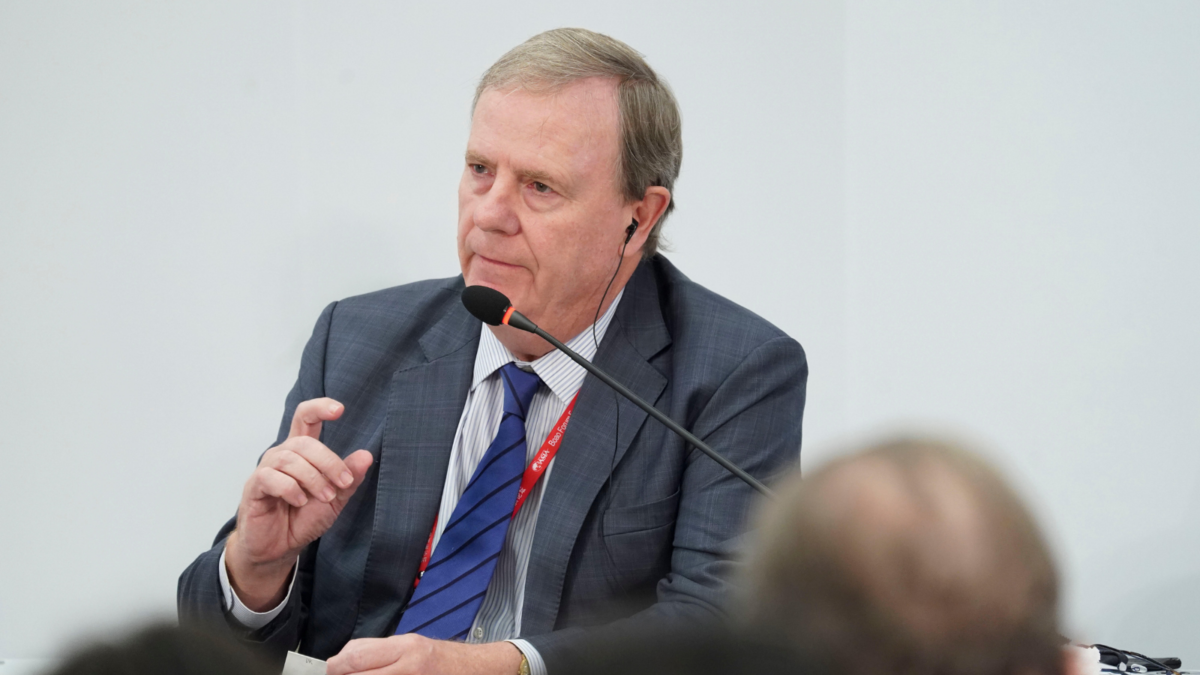Winding up the Future Fund won’t be cheap: WTW
WTW analysis commissioned by the Future Fund found that winding it up would come at a median cost of $200 billion over a decade while there is only a one in 20 likelihood that maintaining it will not deliver “any material benefit (or cost)” if maintained over the next 10 years.
“The expected value-add of retaining the FF relative to the alternative scenario of liquidating the FF’s assets and retiring the equivalent amount of government debt increases gradually over the projection period as the FF’s assets are expected to outperform the cost of government debt on average in any given year,” the WTW paper says. “The expected (median) value-add is around $200bn at the end of the 10-year projection horizon.”
WTW cautioned that there were other plausible scenarios as a result of uncertainty around the future direction of markets, including a small chance of break-even by not liquidating it and a cost of up to $500 billion if it was wound up. Under a scenario where the FF investments are sold and the proceeds are used to buy government dent, the government would also take a heavy hit from transaction costs and “haircuts” to NAV as a result of distressed selling of illiquid assets.
The modelling was commissioned in response to a paper criticising the Future Fund penned by Centre for Independent Studies commentator Dimitri Burshtein, who said that the Future Fund should be liquidated and used to pay down government debt and that it was unlikely to meet its return hurdle in the future.
“Granted, Future Funds cash returns have historically exceeded their cost of capital, at question is whether they will be able to continue to do so in the future,” Burshtein wrote. “Since its inception in 2006, the original Future Fund has generated an average annual 7.7 per cent return. However, its most recent 12-month return was 1.1 per cent, below the cost of borrowings. While a positive absolute return, it was still an economic loss for the Commonwealth.”
Burshtein also questioned whether the Future Fund was really a sovereign wealth fund at all – noting that it was more correct to call it the “Funding Retired Public Servants’ Pensions Fund” and that it might not enjoy the same public credibility if it were – and if the “firewall” between the Board of Guardians and the government that appointed them was as strong as it claimed. Future Fund chairman Peter Costello said at the time that the criticisms were “the kind of short-term thinking that got Australia into financial problems in the past and will risk the same in the future”.
“From a once and only capital sum of $60.5 billion (the historical budget surplus) the Future Fund has earned over $140 billion for the Commonwealth,” Costello said. “This represents a return of 7.7 per cent per annum which is above the weighted average cost of borrowing, above the fund’s mandated return target, and far in excess of any theoretical debt servicing cost that might otherwise have been avoided.
The Future Fund has found itself in the crosshairs more often recently, with criticism from within the superannuation industry that its 6 per cent financial year return has lagged the 9.1 per cent offered by the median balanced fund even though it enjoys sovereign tax immunity, lower administration costs and lessened liquidity risk. The Future Fund attributed the result to underweighting risk in preparation for what it anticipated would be choppier market conditions.
“We feel that return is quite solid in the circumstances,” Future Fund CEO Raphael Arndt told media last week. “The really favourable tailwinds that investors have had for some decades now have ended and we think investment markets are undergoing profound changes that we’ve talked about extensively and we feel that markets are under-pricing those risks.
“As a result the portfolio is positioned slightly below neutral risk settings, but more importantly we’ve been making quite significant changes to the configuration of the portfolio to prepare for more volatile markets, more geopolitical risk, and sustained and sticky inflation.”











